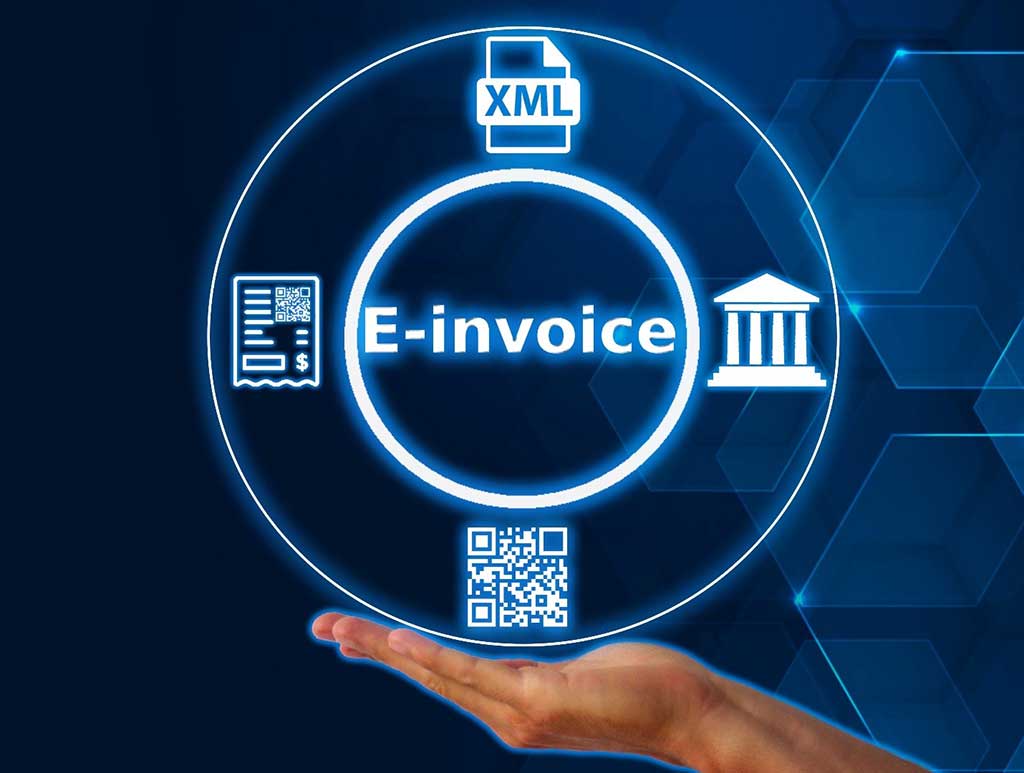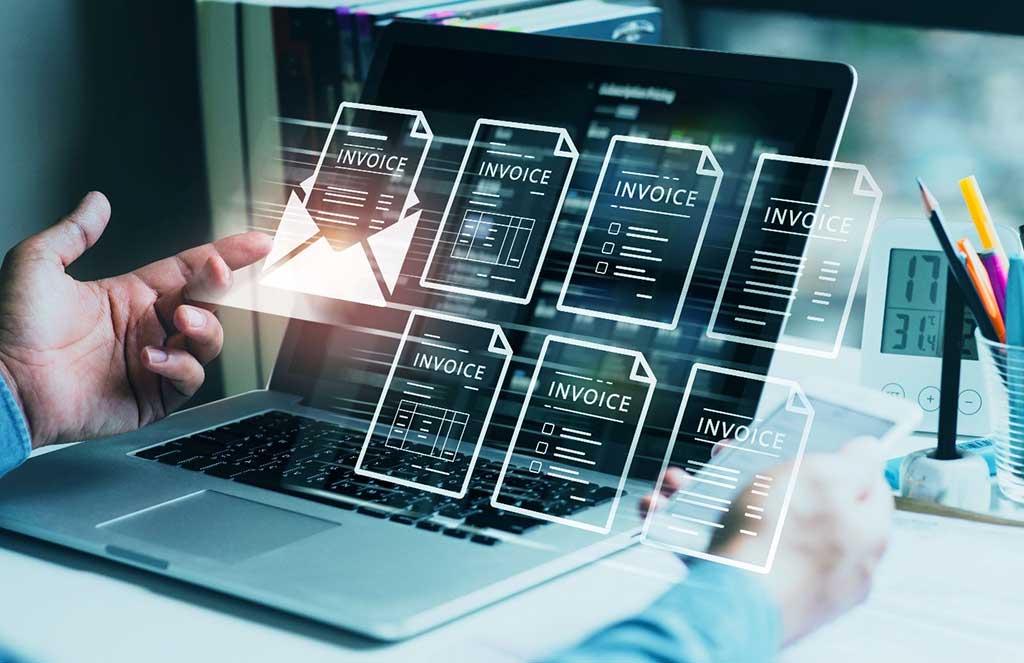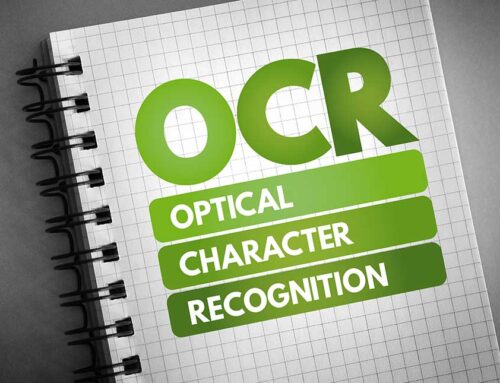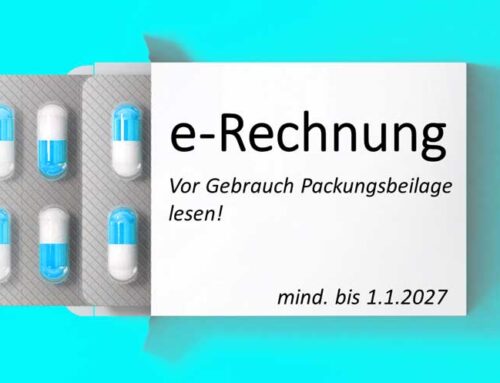XRechnung is a standardized format for electronic invoices. It’s like speaking a universal language for invoicing, ensuring everyone is on the same page, regardless of borders or companies.

Let’s embark on a journey to uncover what exactly XRechnung is.
Imagine a world where all invoices are digital. This not only simplifies life but also ensures accuracy and efficiency in business communications.
Originating from Germany, XRechnung is a standardized format for electronic invoices. It’s like speaking a universal language for invoicing, ensuring everyone is on the same page, regardless of borders or companies. It’s the German government’s answer to making the invoicing process transparent, efficient, and digital.
By adopting a universal e-invoicing format, Germany aims to reduce administrative burdens, enhance economic processes, and promote sustainable practices through reduced paper usage. XRechnung stands as a beacon of digital transformation in financial operations, reflecting the country’s commitment to innovation and technological advancement.
Table of contents
The Evolution of XRechnung

XRechnung has come a long way since its inception. Introduced as part of a broader effort towards digitizing governmental processes across Europe, XRechnung became mandatory for federal government suppliers in Germany by 2020. Each version released has built upon its predecessor’s success, addressing prior limitations and encompassing more data fields to suit varied business needs.
The format’s evolution highlights the commitment to refining and enhancing electronic invoicing, aligning with the European Union’s directive 2014/55/EU, which emphasizes cross-border interoperability. With its continuous development, XRechnung not only caters to domestic requirements but also paves the way for increased international trade and economic collaboration, setting a standard for others to follow.
Key Features of XRechnung
What makes XRechnung stand out are its powerful features. It’s designed as a pure data record, which means it’s structured to be read and processed by machines, cutting down on human error. The format adheres to EU standards, specifically EN 16931, ensuring compliance across the continent. Besides, it seamlessly integrates into current systems, making implementation smooth and hassle-free.
This adherence and flexibility ensure the system remains relevant amidst changing business landscapes. XRechnung’s robust framework allows for automated data extraction, validation, and processing, minimizing discrepancies and enhancing operational efficiency. By facilitating a seamless flow of information, businesses can witness a transformative impact on their financial management practices.
Latest Developments in XRechnung (2024)
Fast forward to 2024, XRechnung is evolving yet again with versions 3.0.1 and 3.0.2. These updates bring with them new data fields and enhanced compatibility with established e-invoicing frameworks like UBL and Peppol. Additionally, adjustments in the growth opportunities act by the German government have paved the way for making B2B invoicing mandatory by 2027, starting the federal B2B e-invoicing framework rollout by January 2025.
These steps are monumental in widening the scope and applicability of XRechnung beyond just governmental use. The continuous enhancements in XRechnung ensure that it remains at the forefront of e-invoicing technology, ready to tackle future demands and better serve businesses across various sectors.
Integrating XRechnung into Business Operations
For businesses aiming to integrate XRechnung, it’s essential to grasp the mechanics behind it. The transition toward digital invoicing might seem daunting, but the benefits are worthwhile. Starting with understanding the necessary software and systems, businesses would need to align with EN 16931 specifications. By doing this, they minimize discrepancies and align their operations with national and international requirements, streamlining processes in the long run.
Moreover, businesses can leverage user training and support from service providers to facilitate the transition. By embracing digital transformation, organizations can achieve cost savings, improve operational efficiency, and enhance their competitive edge in the marketplace.
Challenges and Solutions in Adopting XRechnung
Despite its many benefits, integrating XRechnung is not without challenges. Businesses can face issues such as interoperability, data integrity, and initial setup costs. However, solutions are in place, with service providers offering turnkey solutions to convert, translate, and seamlessly integrate XRechnung into existing software.
Training and support services further alleviate the onboarding process, allowing businesses to transition smoothly. Organizations can also explore government incentives designed to support e-invoicing adoption, helping mitigate financial and resource-based hurdles. By proactively addressing these challenges, businesses can realize the full potential of XRechnung, reaping the rewards of improved efficiency and data accuracy.
Future of E-Invoicing: Beyond XRechnung
As we look beyond XRechnung, the landscape of e-invoicing continues to evolve. The future holds promises of even tighter integration between global systems, enhanced security protocols, and the use of technologies like blockchain to further authenticate and safeguard transactions.
The groundwork laid by standards like XRechnung will be pivotal in steering future innovations and applications in digital invoicing. As businesses adopt these next-generation technologies, they can expect enhanced accuracy, fraud prevention, and operational transparency.
The rise of AI-powered analytics will further refine invoice processing, providing valuable insights for strategic decision-making. Ultimately, the future of e-invoicing is one of seamless automation and interconnected global trade networks.
BLU DELTA is a product for the automated capture of financial documents. Partners, but also finance departments, accounts payable accountants and tax advisors of our customers can use BLU DELTA to immediately relieve their employees of the time-consuming and mostly manual capture of documents by using BLU DELTA AI and Cloud.
BLU DELTA is an artificial intelligence from Blumatix Intelligence GmbH.

Author: Christian Weiler is the former General Manager of a global IT company based in Seattle/US. Since 2016, Christian Weiler has been increasingly active in the field of artificial intelligence in a variety of roles and has been part of the management team of Blumatix Intelligence GmbH since 2018.
Contact: c.weiler@blumatix.com





